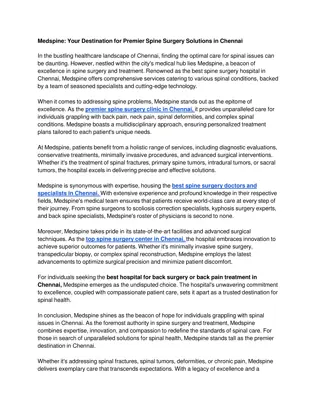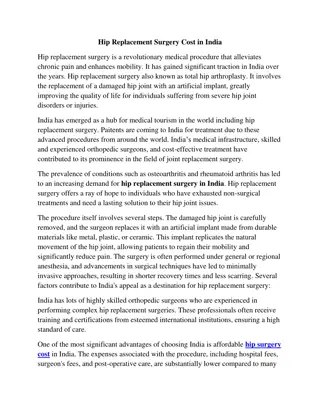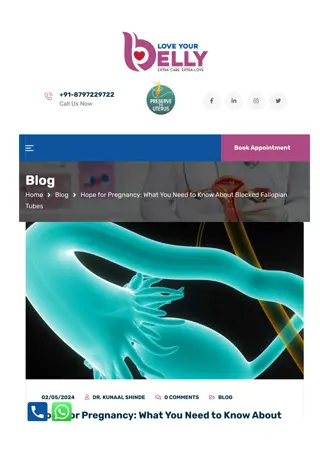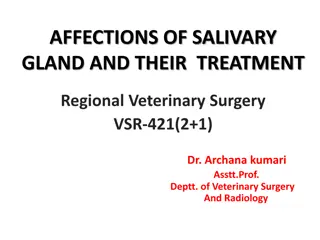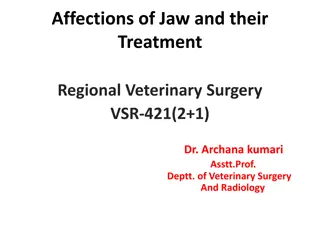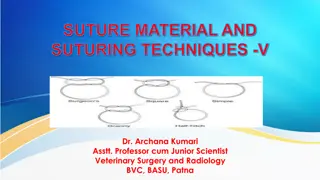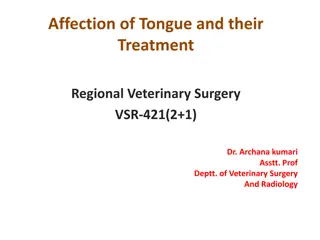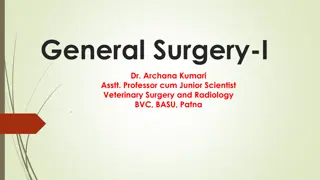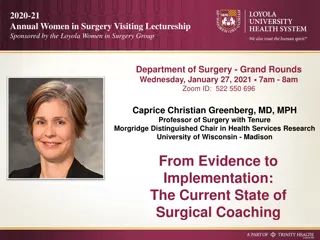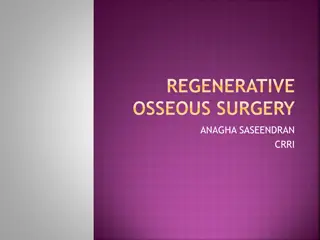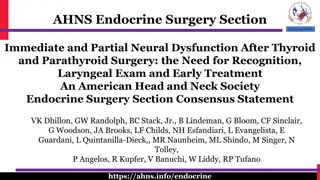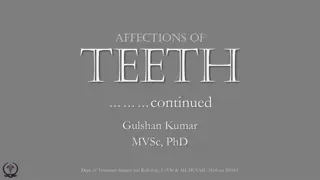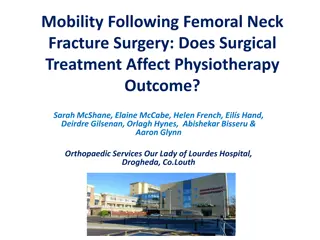Veterinary Surgery: Affections of Nose and Treatment
Atheroma and nasal polyps are common afflictions affecting animals' nasal passages. Atheroma presents as a fluctuant mass near the nostril, while nasal polyps are fibrous growths causing nasal discharge and other symptoms. Treatment involves surgical removal for permanent cure, with cautery used for polyps and special considerations for complex cases. Surgical procedures for addressing the nasal septum are also discussed in veterinary practice.
Download Presentation

Please find below an Image/Link to download the presentation.
The content on the website is provided AS IS for your information and personal use only. It may not be sold, licensed, or shared on other websites without obtaining consent from the author.If you encounter any issues during the download, it is possible that the publisher has removed the file from their server.
You are allowed to download the files provided on this website for personal or commercial use, subject to the condition that they are used lawfully. All files are the property of their respective owners.
The content on the website is provided AS IS for your information and personal use only. It may not be sold, licensed, or shared on other websites without obtaining consent from the author.
E N D
Presentation Transcript
AFFECTIONS OF NOSE AND TREATMENT Regional veterinary surgery VSR- 421(2+1) Dr. Archana Kumari Asstt. Prof. Deptt. of Veterinary Surgery and Radiology
ATHEROMA Atheroma is an epidermal inclusion cyst uncommon abnormality, frequently observed in the nasal passage of yearling. This is a small fluctuant mass that occurs unilaterally (rarely bilaterally) at the caudal aspect of false nostril. It is observed externally as a small swelling in this area. It does not obstruct the airway but causes partial encroachment of the nasal passage resulting to nasal respiratory noise.
TREATMENT Incise the cystic swelling, Evacuate its contents and swabbing its lining with tincture of iodine or any irritating solutions. Care should be taken that the irritant does not come in contact with the mucous membrane of the nose. Complete removal of the cyst by surgical operation provides permanent cure of this condition.
NASALPOLYPS Polyp is fibrous and benign in nature, mainly composed of inflammatory cells. Polys arise due to a chronic inflammatory process associated with chronic irritation due to certain infectious diseases. Besides, focal accumulation of oedema fluid in nose mucosa with hyperplasia of the associated submucosal connective tissue is another causative factor. The growths are commonly attached to the lateral wall and rarely to the nasal septum.
SIGNS Mucoid or mucopurulent nasal discharge may come from nose. Bleeding from nose (Epistaxis). There may be frequent sneezing, restlessness and may rub its nostrils against the ground. Occasionally more or less complete obstruction of bilateral nasal passage resulting to respiratory difficulty and exhibits mouth breathing. Deformity of face due to bulging of the nasal bones and atrophy of the turbinate.
TREATMENT Polyps can be excised by sharp dissection or by electro cautery. Haemorrhage is controlled by lugging the nasal cavity with adrenalin soaked gauze. The gauze may be changed after 24 hours. But removed after 48 hours. Complete surgical removal is very unlikely, should be so chances of recurrence are common. Prognosis of such cases is guarded. When the polyps extend up to the caudal aspect of the nasal septum, trephining of the nasal bones is indicated. In case of bilateral and multiple benign tumours, surgical removal is impracticable. Tracheotomy should be performed in such cases to increase the usefulness of the animal.
RESECTIONOFTHENASALSEPTUM The nasal cavity is separated into two halves by the nasal septum which is mostly cartilaginous, but has bony and membranous portion Diseases of the nasal septum are rare and are caused by abnormalities, traumatic injury or cystic degeneration and squamous cell carcinoma. Deformity of the nasal septum usually as part of the wry nose syndrome, can cause an airflow obstruction.
TREATMENT The animal is placed in dorsal recumbency. An incision is made in the skin and continued through the nasal cartilages, bone and turbinates. The entire diseased portion of the septum is removed by using obstetrical wire. Copious haemorrhage is to be controlled by packing the nasal passage with sterile gauge soaked in saline or in 1:100,000 epinephrine solution. Finally, closure of the wound should be done in routine standard manner. A tracheotomy is generally indicated for proper respiration.
POST OPERATIVE CARE Parentral antibiotics and non-steroidal anti-inflammatory drugs. The gauge packing and tracheotomy tube should be removed 48-72 hour after surgery. Healing of the wound generally occurs by second intention within 3 week.
NECROSISOFTHETURBINATES Occasionally encountered in horse and rarely in other animals. There is accumulation of pus in the folds of the bones as a result of strangles. It may also develop as result of wound caused by injury and localization of infection or complication of disease of the root of a molar tooth in its surroundings. Signs There is foetid purulent discharge from nose. Interference in respiration manifested by a roaring noise. Swelling in nasal chambers and submaxillary lymphatic glands. Finally, there is ulceration and discolouration of the turbinate bone.
TREATMENT Remove the necrotic bone by surgical operation. The turbinate is to be severed above and below the affected part with a strong sharp scissors and remove it. Antiseptic powder may be applied once daily into the affected region for healing of the wound area.
PARASITESINTHENASALCHAMBERS Parasites mainly linguatula taenioides is of frequent occurrence in dog but is rarely observed in horse, sheep and goat. The parasite may lodge in any part of the cavity but most commonly in the convolutions of the ethmoid and in the cul-de-sac of the middle meatus. Larvae of the parasites usually remained in sheep and rabbit. The dog may become infested by ingestion of the viscera of sheep and rabbit. The parasite may remain for months in the nose, eventually die or expelled out.
Signs Presence of numerous parasites in nasal chambers may cause agitation of animals. There is sneezing and scratching of nose with paws. Mucoid blood tinged discharge may come out of the nose. Treatment Attempts may be made to remove the parasites from the nasal cavity either by forceful sneezing or by triphening. Mild irritating solutions like ammonia or benzene may be introduced through the nostrils to dislodge or destroy the parasites.




